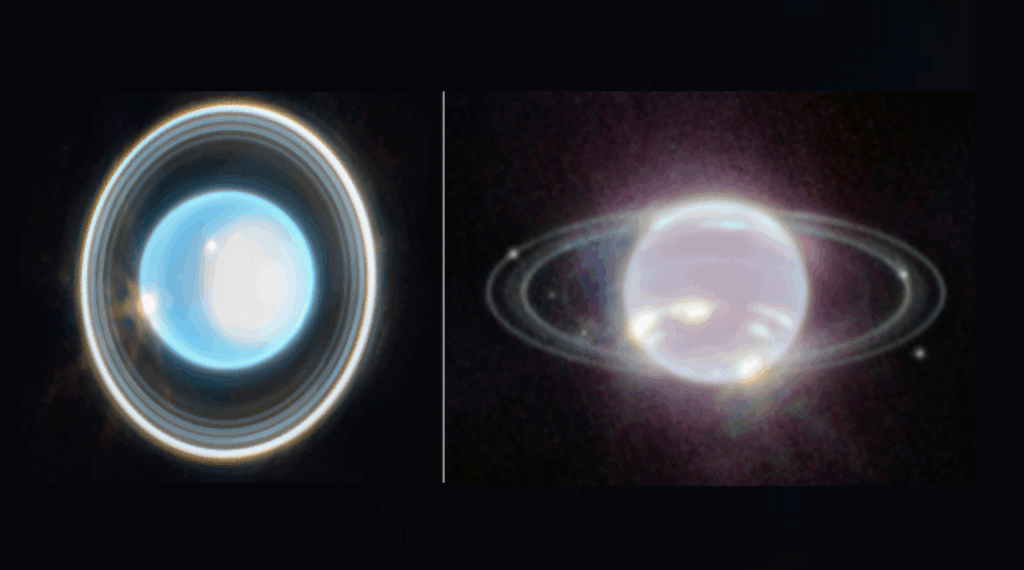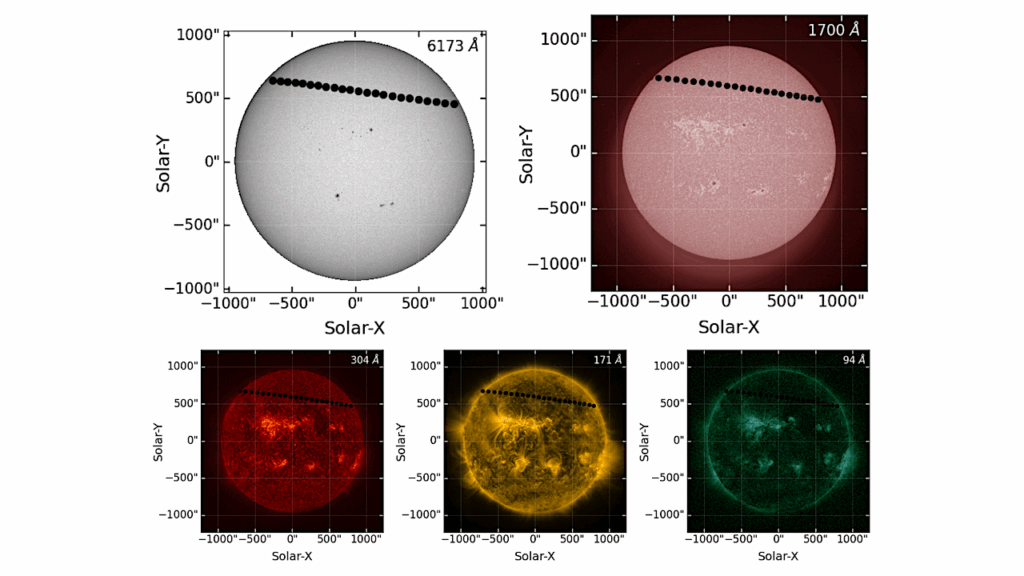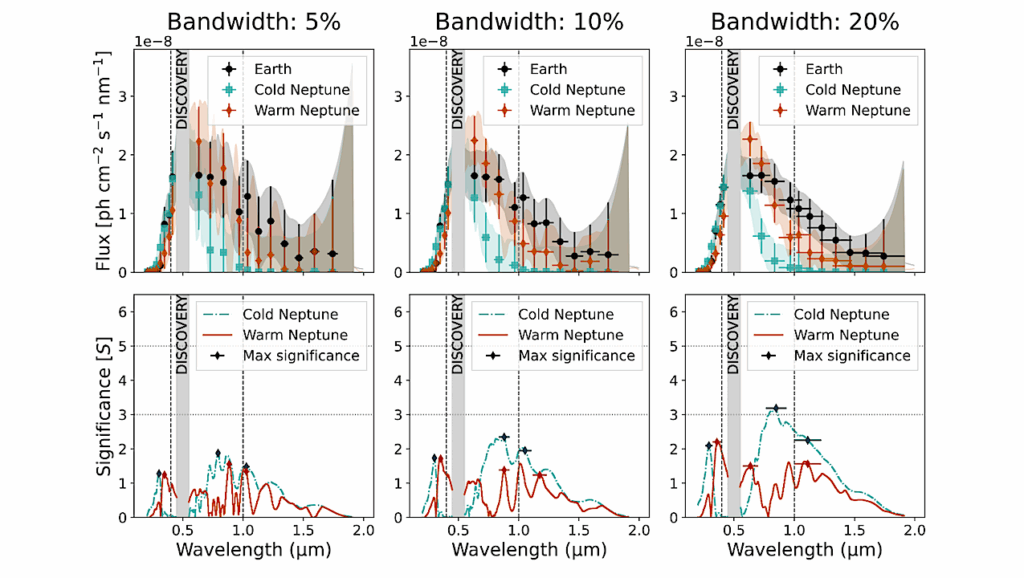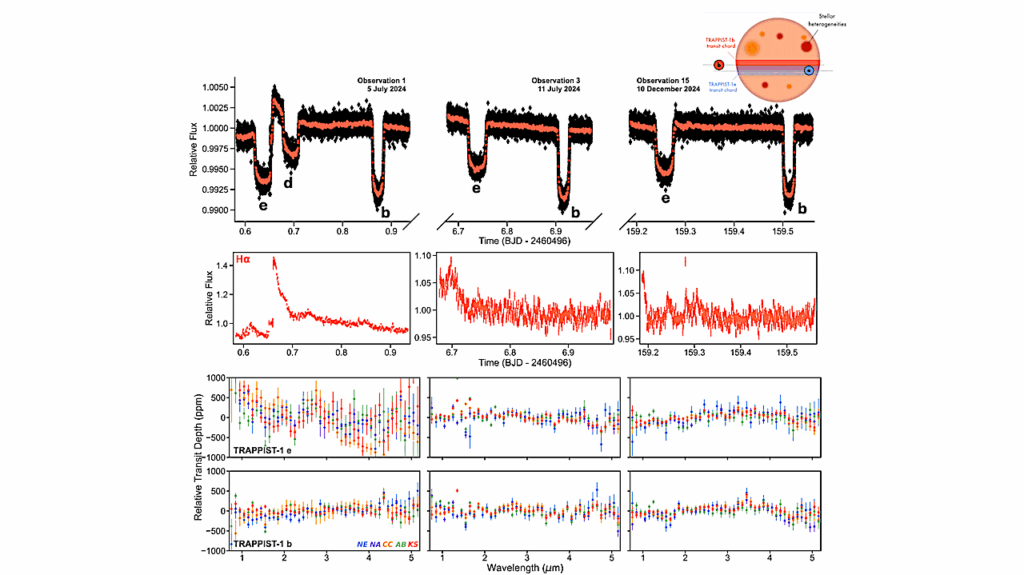Where Are The Water Worlds?: Self-Consistent Models of Water-Rich Exoplanet Atmospheres
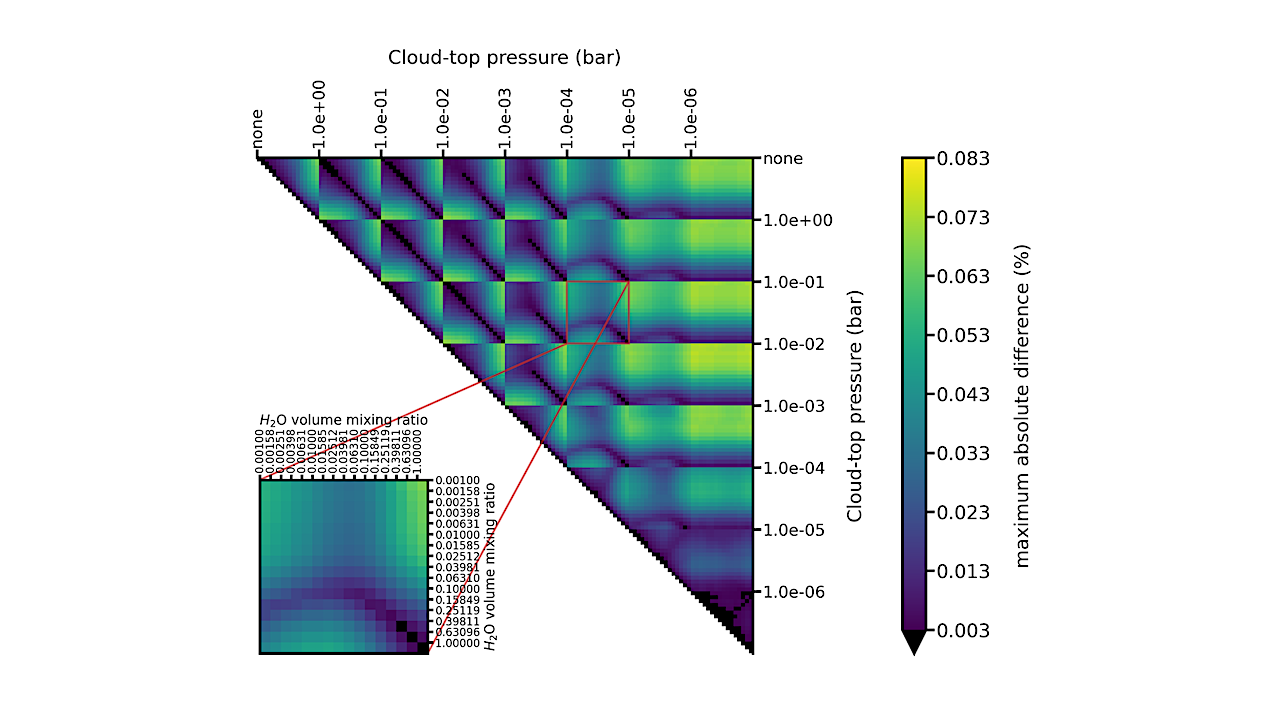
It remains to be ascertained whether sub-Neptune exoplanets primarily possess hydrogen-rich atmospheres or whether a population of H2O-rich “water worlds” lurks in their midst.
Addressing this question requires improved modeling of water-rich exoplanetary atmospheres, both to predict and interpret spectroscopic observations and to serve as upper boundary conditions on interior structure calculations. Here we present new models of hydrogen-helium-water atmospheres with water abundances ranging from solar to 100% water vapor.
We improve upon previous models of high water content atmospheres by incorporating updated prescriptions for water self-broadening and a non-ideal gas equation of state. Our model grid (this https URL) includes temperature-pressure profiles in radiative-convective equilibrium, along with their associated transmission and thermal emission spectra.
We find that our model updates primarily act at high pressures, significantly impacting bottom-of-atmosphere temperatures, with implications for the accuracy of interior structure calculations. Upper atmosphere conditions and spectroscopic observables are less impacted by our model updates, and we find that under most conditions, retrieval codes built for hot Jupiters should also perform well on water-rich planets.
We additionally quantify the observational degeneracies among both thermal emission and transmission spectra. We recover standard degeneracies with clouds and mean molecular weight for transmission spectra, and we find thermal emission spectra to be more readily distinguishable from one another in the water-poor (i.e. near-solar) regime.
Eliza M.-R. Kempton, Madeline Lessard, Matej Malik, Leslie A. Rogers, Kate E. Futrowsky, Jegug Ih, Nadejda Marounina, Carlos E. Muñoz-Romero
Comments: Accepted for publication in ApJ. Full model grid is available at this https URL
Subjects: Earth and Planetary Astrophysics (astro-ph.EP)
Cite as: arXiv:2307.06508 [astro-ph.EP] (or arXiv:2307.06508v1 [astro-ph.EP] for this version)
Submission history
From: Eliza M.-R. Kempton
[v1] Thu, 13 Jul 2023 01:15:16 UTC (12,471 KB)
https://arxiv.org/abs/2307.06508
Astrobiology




